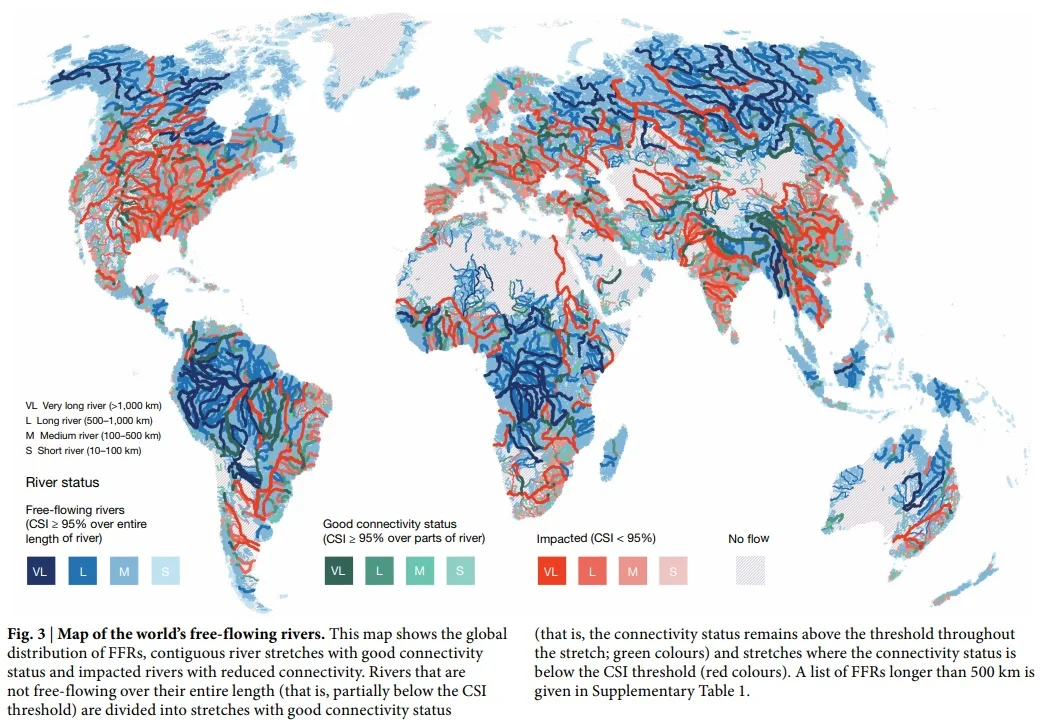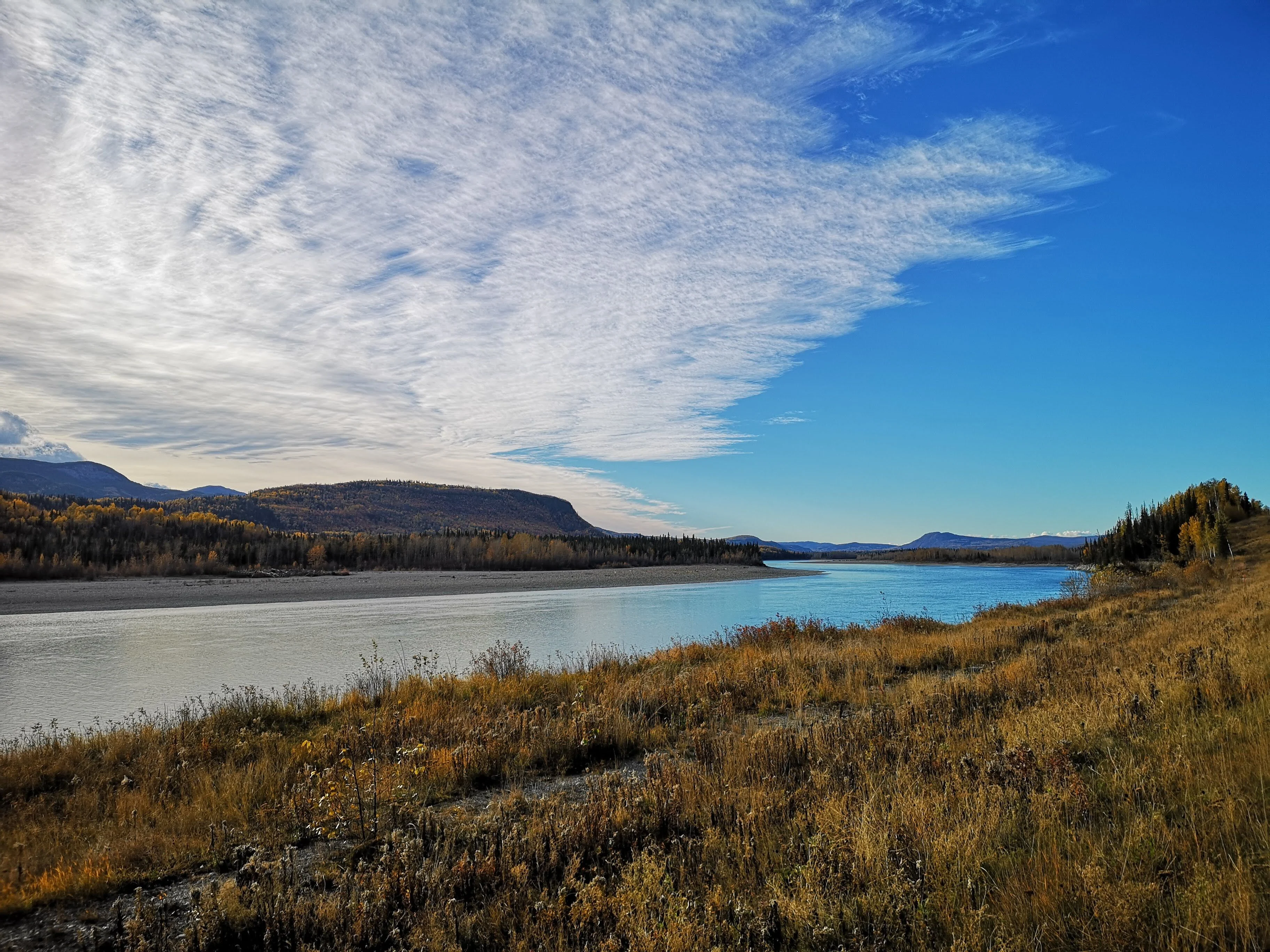
Canada home to many of the world's last free-flowing rivers
Water is fundamental to life on Earth and throughout most of our history humankind has been devising new ways to make it work for us. We haven't always had the well-being of the water in mind, however, and it shows.
Only about one-third of the world's longest rivers are still considered free-flowing, meaning they haven't been dammed or otherwise impacted by human activity, according to a new study led by researchers at McGill University and the World Wildlife Fund Canada (WWF-Canada).
According to the study, recently published in Nature, the team assessed the status of 12 million kilometres of rivers worldwide and found that 63 per cent of the world's longest rivers (those longer than 1,000 km) were no longer free-flowing. Those rivers account for about 41 percent of the total river volume around the globe.
SEE ALSO: More flooding, rapid sea-level rise in Canada
The study also concluded free-flowing rivers longer than 500 kilometres are "largely absent" from the United States, Mexico, Europe, and the Middle East, as well as parts of India, southern Africa, southern South America, China, much of Southeast Asia, and southern Australia.
That leaves the more remote (and less commercially-accessible) parts of the world as the last bastions of these river systems -- northern Canada included.

Grill, G. et al. Mapping the world’s free-flowing rivers. Nature 569, 215–221 (2019)
"Of [the free-flowing rivers] found in North America, 73 per cent are in Canada," says the WWF-Canada, adding that "a significant majority (92 per cent) of our river lengths" are free-flowing.
"This study confirms what many of us think: Canada is uniquely endowed with wild and free-flowing rivers," says Elizabeth Hendriks, vice-president freshwater at World Wildlife Fund Canada. "With this wealth of freshwater, Canada has a great responsibility to protect it. And yet, our river protection is severely lacking. It's like we have inherited a priceless jewel and are neglecting to insure it."

Liard River. Image courtesy Heather Crochetiere.
The study pointed to an estimated 2.8 million dams around the world -- 60,000 of them 'large' -- as major factors in what they term the five pressure factors that represent the main ways humans interfere with rivers: Fragmentation, flow regulation, sediment trapping, water consumption, and infrastructure development in floodplains. More than 3,700 further hydropower dams currently planned or under construction worldwide.
"While hydropower inevitably has a role to play in the renewable energy landscape, countries should also consider other renewable options," says Michele Thieme, lead freshwater scientist at WWF. "Well-planned wind and solar energy can have less detrimental impacts on rivers and the communities, cities and biodiversity that rely on them."
CANADA'S LONGEST WILD RIVERS
Liard River (Yukon Territory, British Columbia, Northwest Territories)
Kazan River (Nunavut)
Dubawnt River (Nunavut, Northwest Territories)
Thelon River (Nunavut, Northwest Territories)
Horton River (Northwest Territories)
Anderson River (Northwest Territories)
Taltson River (Northwest Territories)
Stikine River (British Columbia)
Ekwan River (Ontario)
Birch River (Alberta)









